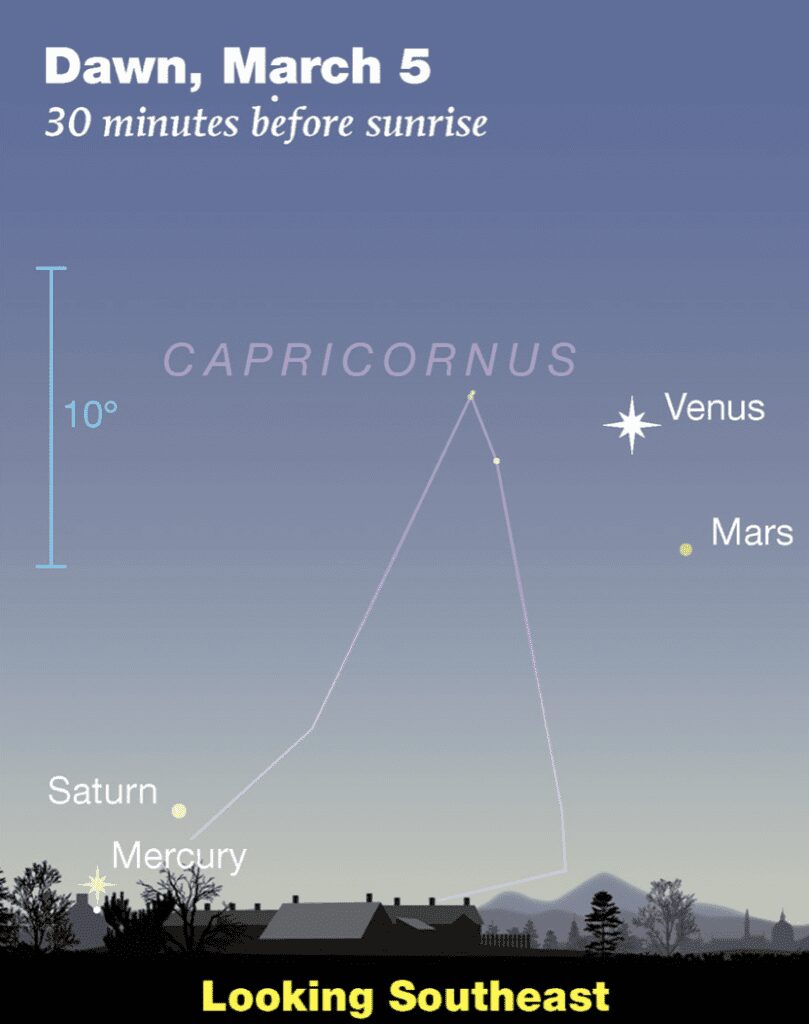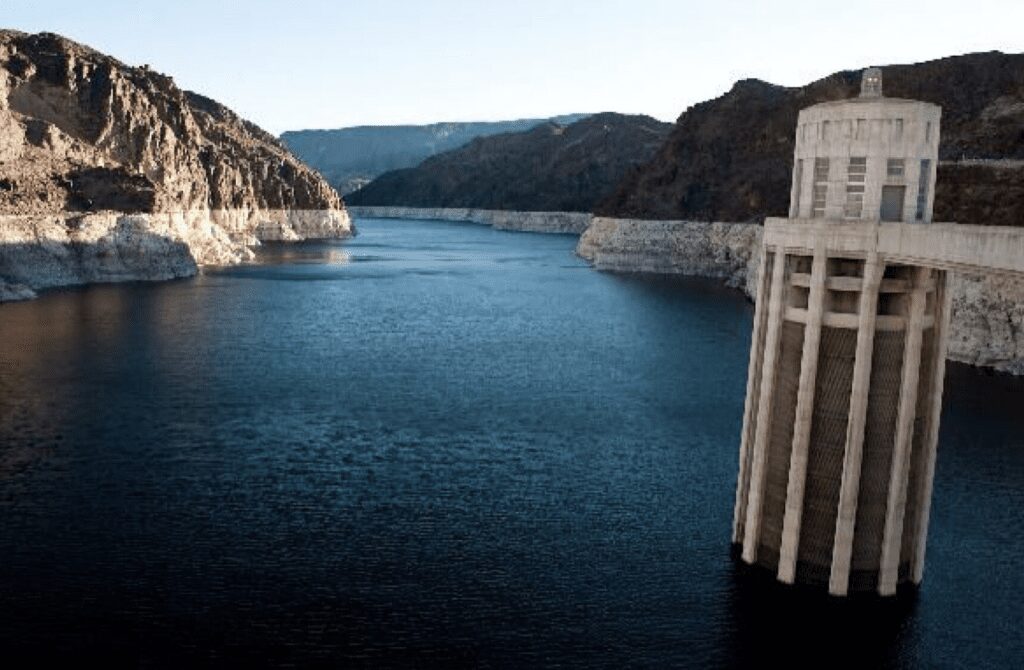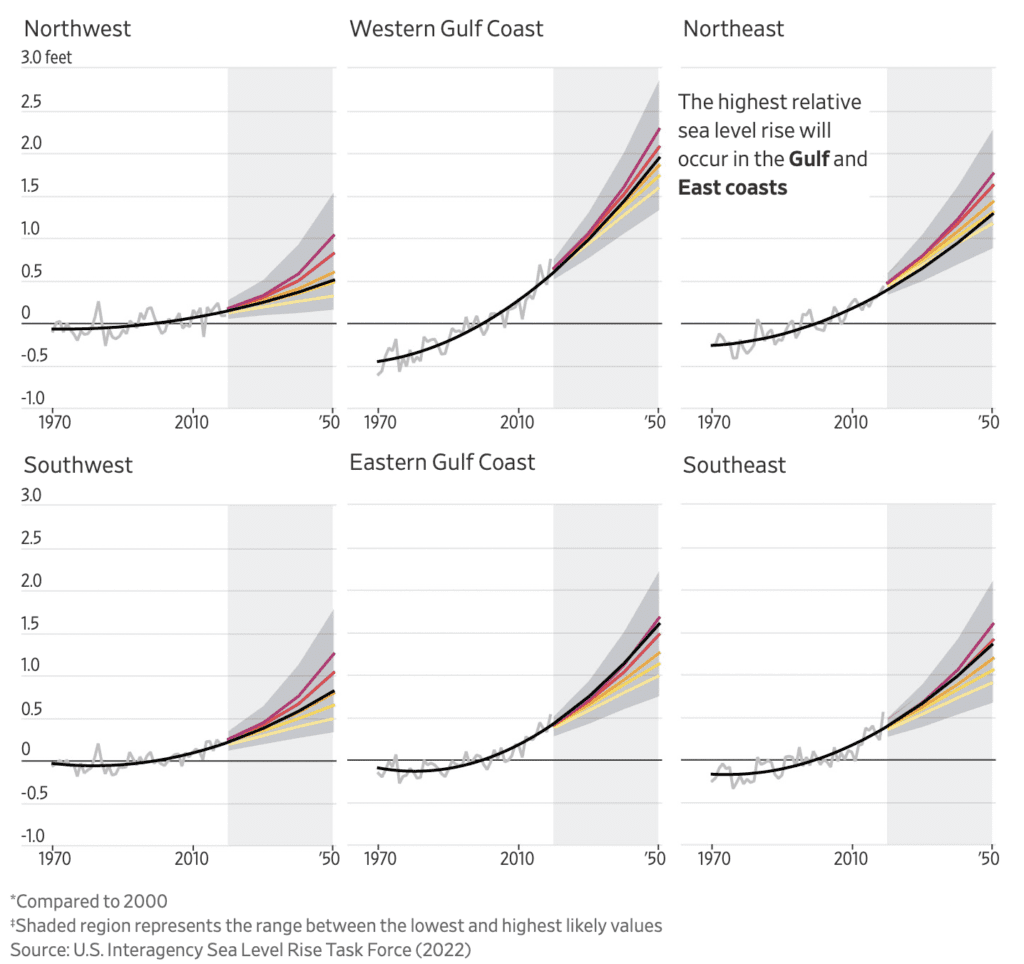Daniel Salzler No. 1139
EnviroInsight.org Five Items March 4, 2022
—————Feel Free To Pass This Along To Others——————
If your watershed is doing something you would like others to know about, or you know of something others can benefit from, let me know and I will place it in this Information newsletter.
If you want to be removed from the distribution list, please let me know.
Please note that all meetings listed are open.
Enhance your viewing by downloading the pdf file to view photos, etc. The
attached is all about improving life in the watershed. If you want to be removed from
the distribution list, please let me know. Please note that all meetings listed are open.
Check our website at EnviroInsight.org
1. Bald Eagle Population Growth Rate Suppressed by Lead Poisoning, Study Suggests. Study highlights risks of ammunition fragments, with almost 50% of birds sampled showing signs of repeated lead exposure.

The U.S. government removed bald eagles from the Endangered Species list in 2007, but new research suggests their population growth is held back by high incidence of lead poisoning.
Across North America, bald eagle population growth rates are being suppressed by 3.8% because of lead exposure, according to a study published Thursday in the journal Science. Continentwide, golden eagles’ population growth, too, is being stunted by almost 1%.
“Previous research has shown this effect in individuals or in local areas, but there’s never been a nationwide study like ours,” said Todd Katzner, a U.S. Geological Survey research wildlife biologist and co-author of the new paper.
He and more than two dozen researchers analyzed data collected across 38 U.S. states between 2010 and 2018. The group sampled blood, feathers, liver tissue and bone from more than 1,200 live and dead eagles to identify instances of short-term and chronic lead poisoning.
Though eagle species hunt, the birds are opportunistic scavengers, feeding on dead animals and bits of carcass, including those sometimes shot and left behind by human hunters. Most hunting ammunition is made of lead, and these bullets can fragment when entering an animal’s body. That means any leftovers an eagle eats, including the internal organs hunters remove when field-dressing carcasses, can be contaminated by lead.
Across the U.S., eagles scavenge on deer, elk and moose, among other animals.
“A lead fragment the size of a grain of rice is enough to kill an eagle,” said Krysten Schuler, a Cornell University wildlife disease ecologist who wasn’t involved in the new study, adding, “This is an anthropogenic source of mortality for eagles.”
Blood, feathers and liver samples are indicators of acute exposure, meaning an eagle has encountered a high-level dose of lead at some point in roughly the last week to month, Dr. Katzner said. The researchers classified eagles with more than 40 micrograms of lead per deciliter of blood as being poisoned, a threshold veterinary pathologists developed for birds of prey.
Arizona has the good fortune of having a forward thinking group based in the Flagstaff area that has has been educating hunters to use steel shot, not lead shot, to reduce the number of eagle deaths caused by the conditions detailed above. Source: Wall Street Journal
2. Astroshed: What’s That I See Up There? March pushes him westward and brings his dog to center stage on the meridian: Canis Major, sporting Sirius on his chest.

Sirius is not only the brightest star in our sky after the Sun, it’s also the closest naked-eye star after the sun, at 8.6 light-years, for those of us living at mid-northern latitudes.
Alpha Centauri is the actual closest star at 4.3 light-years, but you have be farther south to see it. And in the northern sky three dim red dwarfs are closer than Sirius, but those require binoculars or a telescope.
Mars is pretty easy to spot low under Venus if you look as early as 60 to 80 minutes before sunrise. At 30 minutes to sunrise, as shown here, they’re higher but the brightening sky is swamping Mars. By then, however, with binoculars you may be able to pick up Mercury and Saturn rising about two fists at arm’s length to Venus’s lower left.
3. Arizona Governor Outlines Plan To Boost Water Supplies. Arizona Gov. Doug Ducey and a top leader in the state Legislature have filled in a key part of a new plan to boost the desert state’s increasingly strained water supply.
They plan to create a state agency to acquire supplies and develop and fund projects.

The Arizona Water Authority will have deep pockets and the ability to go out and find sources that can secure the stat’s water future.
One potential project is a multibillion-dollar desalination plant in Mexico, but many others are also possible.
House Speaker, Rusty Bowers says it’s important to act now because Arizona has already absorbed cutbacks in allocation of Colorado River water. Source: Associated Press
4. Interior Secretary Haaland Visits ADWR For Roundtable Discussion Of Arizona Water Issues. Secretary of the Interior Deb Haaland and Assistant Secretary for Water and Science Tanya Trujillo traveled from Washington, D.C. on February 25, 2022 for a two-day visit to Arizona that, included a roundtable discussion on water issues at the offices of the Arizona Department of Water Resources.

The 90-minute meeting at ADWR included several members of Arizona’s congressional delegation, a representative of the Governor’s Office and leaders of Arizona tribal communities, as well as numerous representatives of the State’s water users.
During her visit, Secretary Haaland highlighted Interior’s plan to allocate $1.7 billion of the recently passed Infrastructure Law funding this year to fulfill settlements of Indian water rights.

“So much of what the Interior Department is working on is happening right here,” said Haaland.
ADWR Director Tom Buschatzke underscored the importance of resolving tribal water-rights claims. “Settling Indian water rights claims is a priority for the State of Arizona,” said Director Buschatzke.
“The funding announced (on Tuesday) is critical to fulfilling the obligations in tribal water rights settlements to provide water and economic opportunity to Tribes in our state,” he said.

According to a statement released by U.S. Sen. Mark Kelly, who attended the roundtable at ADWR, “(f)or Arizona, the Department of Interior allotted $224 million for building out the infrastructure needed for the Southern Arizona Indian Water Rights Settlement.”
At the ADWR meeting, Secretary Haaland discussed elements of the Bipartisan Infrastructure Law. “These resources will help build resilient communities, protect water supplies for people and the natural environment, and fund water efficiency and recycling programs, rural water projects, WaterSMART grants, and dam safety to ensure that irrigators, Tribes and adjoining communities receive adequate assistance and support.”
“These resources will help build resilient communities, protect water supplies for people and the natural environment, and fund water efficiency and recycling programs, rural water projects, WaterSMART grants, and dam safety to ensure that irrigators, Tribes and adjoining communities receive adequate assistance and support.”

In addition to her roundtable discussion at ADWR on Tuesday, the Secretary also participated in a “listening session” with the Inter Tribal Council of Arizona, where she also discussed water and climate issues.
On Tuesday, the Secretary — accompanied by Sen. Kelly and U.S. Rep. Raúl Grijalva, Rep. Tom O’Halleran, Rep. Greg Stanton and Rep. Ruben Gallego —visited the Gila River Indian Community to highlight the water-rights settlement funding announcement.
5. Scientists Forecast U.S. Sea Levels Could Rise a Foot by 2050. Sea levels are forecast to rise rapidly over the next 30 years, bringing more frequent and more destructive floods.

Sea levels on U.S. coastlines are forecast to rise on average by about a foot by 2050, surging with meltwater from ice sheets and glaciers as a result of climate change, federal scientists said Tuesday.
The estimates were released in a report from the National Oceanic and Atmospheric Administration, the National Aeronautics and Space Administration, and other federal and academic institutions.
Globally, sea levels rose about 0.55 feet between 1920 and 2020, according to the report. Across the U.S. coast on average, in the last 100 years, sea levels rose about 0.9 feet.
The new forecasts revise a 2017 NOAA assessment that mapped sea-level scenarios on the long-term horizon up to 2200. The new report describes detailed outcomes for the next 30 years for the first time.
Regions are expected to see varying levels of sea rise, based on changes to land as well as sea, the report projects. Along the East Coast, the water will rise a few more inches compared with shorelines on the West Coast and Hawaii. For example, Boston and New York would see seas rise by nearly a foot by 2050, while near San Francisco and San Diego the expected change is about 0.8 feet, compared with 2020. The Gulf coasts will be the worst hit, according to the report—around New Orleans, for example, seas could rise about 1.5 feet.
Rising Seas
Researchers calculated five different scenarios for how high or low sea levels could be in the next 30 years, based on factors such as ice sheet melt and land movement.
Sea level rise scenarios for U.S., by region

Rising seas are forecast to prompt more frequent flooding events from high tides and storms over the next 30 years, according to the report. U.S. coastal communities experienced on average one disruptive flood event in 1990, the kind that periodically floods streets by the ocean or inundates parking lots, but doesn’t cause major damage to property. Such floods occurred on average three times by 2020, but that frequency would triple to over 10 such floods annually by 2050, the report said.
By 2050, coastal communities are likely to experience destructive flooding, the kind that destroys infrastructure and threatens life, more often than they do now.
The new work includes the most current science on the physical process of changing climate—such as the dynamics of ice melt, as described in an August report from the United Nations Intergovernmental Panel on Climate Change—to inform models for sea-level rise.
“We have a better understanding of how much sea-level rise to expect,” said Benjamin Hamlington, a research scientist at NASA’s Jet Propulsion Laboratory and lead of the NASA Sea Level Change Team, who is a co-author on the report.
Copyright 2022 EnviroInsight.org
